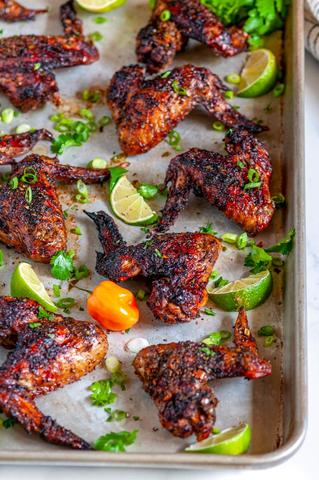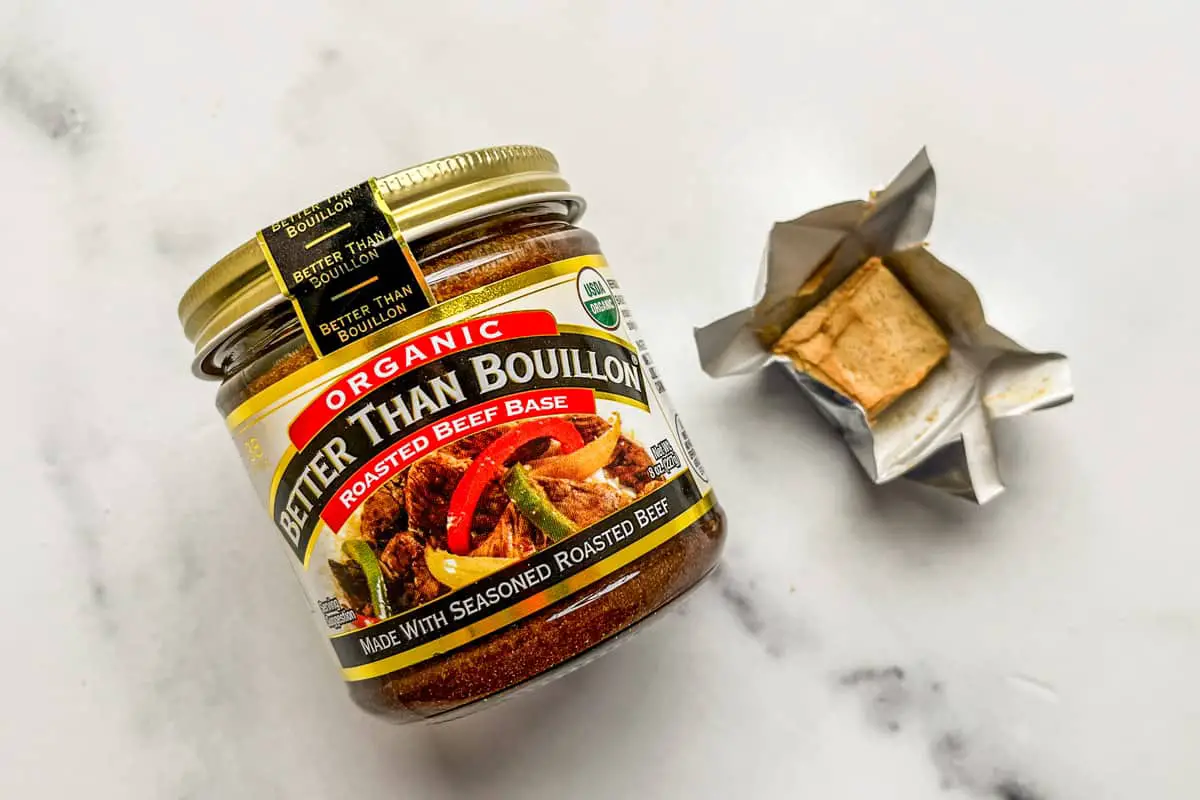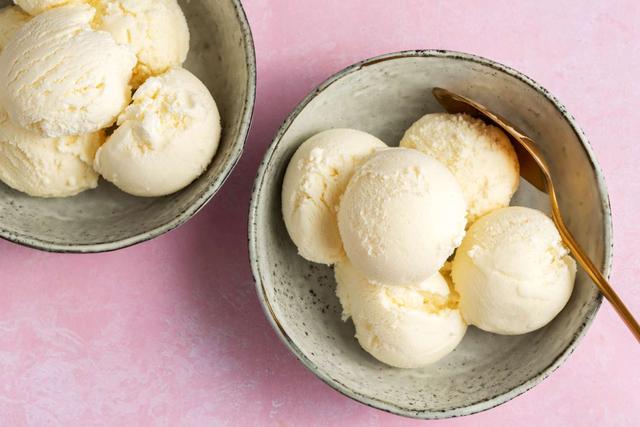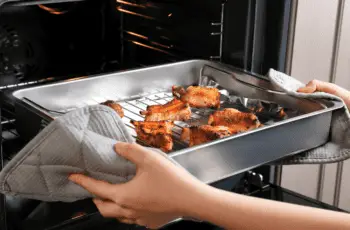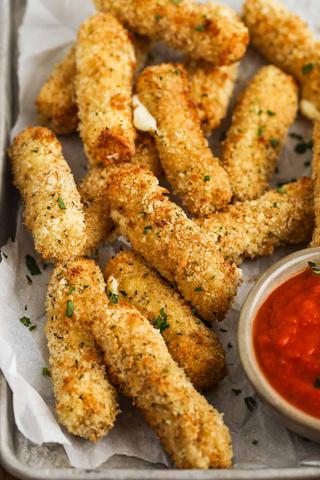
There’s nothing quite like hearing a perfect steak sizzle on a hot grill during a summer evening. But before that satisfying moment happens, backyard chefs face a big decision: Gas vs Charcoal Grills?
This debate has split outdoor cooking fans for decades. Charcoal lovers swear by the authentic smoky flavor. Gas grill fans won’t give up their convenience. After years of testing both types, many experienced grillers have reached the same conclusion: both options are excellent for different reasons.
This guide breaks down everything grill masters need to know. Whether buying a first grill or upgrading existing equipment, this comparison will make the choice crystal clear.
Understanding the Great Grill Debate

At any cookout, passionate opinions fly on both sides. The charcoal crowd champions authentic smoke flavor. The gas team praises unmatched convenience.
Who’s right? Surprisingly, both camps make valid points.
What Makes Each Grill Different?
The main difference lies in fuel source. Charcoal grills burn briquettes or lump charcoal, creating smoke that soaks into food. Many barbecue fans consider this the only authentic grilling method.
Gas grills run on propane tanks or natural gas lines. They work like kitchen stoves—turn a knob, press a button, and heat appears instantly. While they produce some smoke when fat drips onto grill bars, it’s much lighter than charcoal smoke.
Physical differences are noticeable too. Charcoal grills typically feature round or barrel-shaped designs. The Weber kettle represents the classic example—compact and portable. Gas grills are larger and rectangular with hinged lids, often including side burners, storage cabinets, and prep tables.
Gas vs Charcoal Grills: Does Fuel Type Actually Change Taste?
The most important question deserves an honest answer: does fuel type actually change how food tastes?
Yes and no, depending on what’s being cooked.
When Charcoal Delivers Superior Flavor
For slow-cooked meats like brisket, ribs, and pork shoulder, charcoal wins hands down. The science is straightforward: meat drippings fall onto hot coals and vaporize instantly, creating smoke that rises back up and wraps around the food. This continuous cycle builds a deep, complex flavor impossible to copy with gas.
Charcoal also hits extreme temperatures—700°F to 1,200°F or higher. This intense heat creates perfect sears on steaks, producing caramelized crusts that lock in juices. Biting into a ribeye from a charcoal grill reveals multiple flavor layers: the char, the smoke, and the beef’s natural richness.
Charcoal type matters significantly. Lump charcoal burns cleaner and hotter than briquettes, providing subtle smoke flavor. Briquettes cost less and burn longer but produce more ash. Experienced grillers often keep both types on hand, selecting based on what they’re cooking.
One barbecue fan spent several summers experimenting with different charcoal types, finally discovering that lump charcoal works best for high-heat searing while briquettes excel for all-day smoking sessions.

Read more about best charcoal grill here
Read more about best gas grill here
Where Gas Holds Its Ground
Here’s a surprising truth: for quick-cooking foods like burgers, chicken breasts, and vegetables, most people can’t taste meaningful differences. Cook times of 10-15 minutes don’t allow enough time for smoke to penetrate food deeply.
Gas actually performs better for delicate items. Fish fillets, shrimp, sliced vegetables, and fruits benefit from gas’s gentler, more controlled heat. Beautiful grill marks appear without overwhelming smoke. Experienced cooks who’ve grilled salmon on both grill types dozens of times often find gas produces better results—the fish stays moist without heavy smoke getting in the way.
For those wanting smoke flavor with gas, wood chips in a smoker box or foil packets provide a solution. It won’t match a full charcoal session, but it works well enough for shorter cooks.
Convenience and Ease of Use

Modern life moves fast. Between work, family, and countless obligations, sometimes dinner needs to happen without elaborate preparation. This is where gas and charcoal grills split dramatically.
Gas
Gas grill convenience cannot be overstated. Picture this: Tuesday evening, arriving home from work at 6:30 PM, wanting grilled chicken for dinner. With gas, the process is simple:
- Open the lid
- Turn on the gas
- Press the ignition
- Close the lid for 10 minutes
- Start cooking
By 7:00 PM, dinner is ready. No wrestling with charcoal bags. No waiting for coals to reach the proper temperature. No dealing with smoke blowing in faces.
Temperature control is elegantly simple. Turning knobs adjusts heat instantly. Need to drop from high to medium? Done in seconds. Want high heat on one side and low on the other? Turn off one burner.
Cleanup goes quickly too. Scrub grates with a grill brush while warm, empty the grease trap occasionally, and the job is done in five minutes.
Read more: Brand-Man Charcoal Offset Smoker Review
Charcoal
Charcoal grilling demands commitment and planning. Startup requires 20-30 minutes minimum.
The process involves filling a chimney starter with charcoal, lighting newspaper underneath, waiting for coals to ash over and glow red, pouring hot coals into the grill, and arranging them for direct or indirect cooking. Only then can actual grilling begin.
Temperature control requires practice and patience. Running too hot? Close the dampers and wait for cooling—like stopping a runaway train. Too cold? Add more charcoal and wait for it to catch fire. Wind complicates everything by feeding the fire unpredictably.
Cleanup involves dumping ash (always messy), scrubbing grates, and managing leftover charcoal. It’s not particularly difficult, but it eats up time.
One dedicated charcoal griller admits that mastering fire management took an entire summer of trial and error, with several undercooked chickens and burnt steaks along the way. But once learned, the skill becomes second nature.
Cost Analysis
Initial Investment
Charcoal grills are affordable to start. Basic kettle models run $60-80. Quality options like the Weber Original Kettle Premium cost around $220. Even premium setups with carts and accessories rarely exceed $700.
Gas grills require larger upfront investments. Finding quality models under $400 is challenging. Quality three-burner models start around $450-500, with premium options easily reaching $900 or more. The Weber Genesis E-325s, considered among the best gas grills available, costs $949—more than four times the price of excellent charcoal grills.

Ongoing Fuel Costs
Fuel costs reveal interesting patterns. A 20-pound propane tank costs $15-20 and provides approximately 25 grilling sessions—roughly $0.60-0.80 per cook.
Charcoal appears cheaper initially at $15-20 for 20 pounds, but that bag only lasts about three sessions. Per-cook costs jump to $5-7. Premium lump charcoal costs even more at $35-40 per 20-pound bag.
Over a summer of regular grilling—approximately 50 sessions—gas costs about $30-40 in fuel. Charcoal runs $250-350. This substantial difference closes the initial price gap fast.
Long-Term Value
Gas grills occasionally need part replacements. Burners, igniters, and gas lines eventually wear out. Charcoal grills have fewer breakable parts, though they can rust without proper maintenance.
For those grilling once or twice monthly, charcoal’s lower starting cost makes financial sense. For frequent grillers cooking multiple times weekly, gas’s fuel efficiency justifies the higher upfront cost.
Versatility and Cooking Techniques
Charcoal’s Smoking Superiority
For smoking brisket for 12 hours, charcoal is the clear answer. These grills easily convert into smokers by adding wood chunks to coals. The kettle design creates nearly airtight environments when lids close and dampers adjust, restricting oxygen and trapping smoke around food.
This smoke penetration transforms tough cuts into tender, flavorful masterpieces. Experienced pitmasters have successfully smoked pork shoulders, beef ribs, and whole chickens on charcoal grills, with results rivaling dedicated smokers.
The temperature range is remarkable. Charcoal goes as low as needed for gentle smoking (225°F or lower) and as high as 1,200°F+ for restaurant-quality searing. This flexibility means one charcoal grill handles everything from slow barbecue to scorching-hot steaks.

Gas’s Practical Advantages
Gas grills excel at everyday tasks: burgers, hot dogs, chicken breasts, vegetables, and fish. Consistent, controllable heat makes them perfect for foods requiring precise temperature.
Multi-burner setups create distinct cooking zones effortlessly. Searing steaks on high while warming buns on low? Turn the appropriate knobs. Cooking thick bone-in chicken needing gentle heat? Gas maintains that ideal temperature perfectly.
Many gas grills include functionality-boosting extras: side burners for sauces and sides, rotisserie attachments for whole chickens, extensive prep space on side tables, built-in thermometers, and storage for tools and propane.
Can meat be smoked on gas grills? Technically yes, using wood chip boxes or foil packets. But results differ significantly. Gas grills can’t create the airtight environment charcoal provides—and for good reason. Trapped gas without flame creates explosion risks. Gas grills are intentionally built with airflow preventing serious smoke buildup.
Gas vs Charcoal Grills: Which Grill Is Right?
After my review of all this information, how should the decision be made?
Choose Charcoal If:
- Flavor is the top priority
- The ritual and craft of fire management sounds enjoyable
- Regular meat smoking is planned
- Grilling happens mainly on weekends when time isn’t limited
- Budget is tight (lower initial cost)
- Adequate outdoor space exists away from structures
- Ash mess isn’t bothersome
Choose Gas If:
- Convenience matters most
- Grilling happens frequently, including weeknights
- Quick meals are typical
- Precise temperature control appeals
- Delicate foods are cooked often
- Easy cleanup is important
- Higher upfront investment is acceptable
Pros and Cons
Gas Grills
| pros | cons |
|---|---|
|
|

Charcoal Grills
| pros | cons |
|---|---|
|
|
FAQs
- Is charcoal grilling healthier than gas grilling?
No, gas is healthier. Charcoal produces more PAHs (polycyclic aromatic hydrocarbons) and HAs (heterocyclic amines)—compounds linked to cancer risk. Gas grills produce fewer harmful compounds. Charcoal fans can reduce risks by avoiding excessive charring and marinating meats before grilling.
- Does charcoal really taste better than gas?
For slow-cooked meats like ribs and brisket, yes—charcoal delivers richer, smokier flavor. But for quick-cooking foods like burgers and chicken, most people can’t taste meaningful differences. Cooking time is too short for smoke to penetrate effectively.
- How much does it cost to run a charcoal grill vs a gas grill?
Gas is cheaper long-term. A 20-pound propane tank costs $15-20 and lasts 25 sessions ($0.60-0.80 per cook). The same money buys charcoal for only three sessions ($5-7 per cook). Over 50 grilling sessions, gas costs $30-40 versus $250-350 for charcoal.
- Which grill is easier for beginners?
Gas grills are considerably easier. Press a button, turn a knob, and cooking begins in 10 minutes. Temperature control is straightforward. Charcoal requires learning fire management, damper control, and judging when coals are ready. Starting with gas and adding charcoal later makes sense for beginners.
- Can you smoke meat on a gas grill?
Yes, but results are limited. Gas grills can’t create the airtight environment charcoal provides. Adding wood chips in a smoker box provides some flavor on shorter cooks. For true low-and-slow smoking like 12-hour brisket, charcoal is necessary.
- How long do charcoal and gas grills last?
Both last 10-15 years with proper care. Gas grills have more breakable parts—burners, igniters, and gas lines. Charcoal grills are simpler but can rust. Keeping either covered, cleaning regularly, and addressing rust immediately extends lifespan. Weber grills often last 20+ years.
- Which grill gets hotter: charcoal or gas?
Charcoal gets much hotter. Quality charcoal grills reach 700°F and can hit 1,200°F+. Most gas grills max out around 500-600°F. This extreme heat explains why charcoal excels at searing steaks with perfect caramelized crusts.
- Are gas grills safer than charcoal grills?
Both are safe when used properly. Gas requires checking for leaks and proper tank connections. Charcoal presents burn risks and carbon monoxide dangers—never use indoors or in garages. The choice should be based on which safety steps feel most comfortable.
- Can I use a charcoal grill in an apartment?
Check lease agreements first. Many apartments prohibit charcoal grills due to fire risk and smoke concerns. Some allow gas but not charcoal. For apartment dwellers, small gas or electric grills are usually the best options.
- Should I buy a charcoal grill, gas grill, or both?
For frequent grilling (2+ times weekly), start with gas. For occasional grilling focused on flavor, get charcoal. If budget and space allow, get both—use gas for weeknight meals and charcoal for weekend projects.
Learn More About Grilling
If you want to learn more about grilling, check out these other helpful resources!

